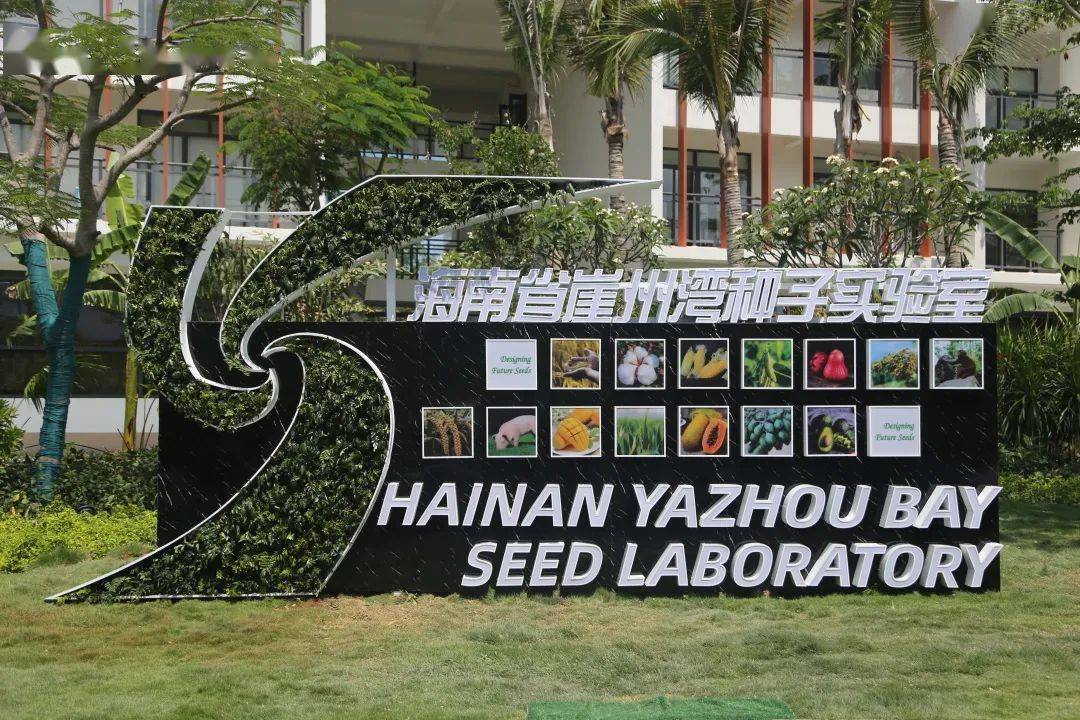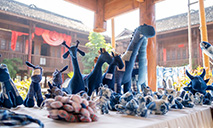Hainan seed laboratory facilitates technological innovation of seed industry
In recent years, south China’s Hainan Province has made full use of its geographical advantages to develop its seed industry, having gathered together various supporting facilities and resources and built a value chain for the seed industry.

(Photo/Hainan Daily App)
Hainan started to emerge as a national seed breeding base since the 1950s. Statistics show that each year, over 10,000 scientific research personnel from more than 700 companies and institutes located in 29 provinces across the country would come to Hainan to carry out research activities, having sped up breeding of and developed more than 20,000 new varieties of major crops, which accounted for more than 70 percent of new seed varieties cultivated nationwide.
However, because there was not a unified platform for the research personnel to make use of, they usually carried out their respective research activities separately, which resulted in repeated work and a low level of efficiency.
In May 2021, Hainan established a seed laboratory in Yazhou Bay in Sanya. As an important part of the Yazhou Bay Science and Technology City, the lab is mainly dedicated to boosting technological innovation, supervising research activities, and strengthening exchanges and communication between researcher personnel.
By March 2022, the lab has built 10 public scientific research platforms which cover a total area of 240,000 square meters. Forty research teams, 750 scientific researchers, 1,158 graduate students and 56 postdoctoral researchers have carried out research projects there. Twenty universities, scientific research institutes and seed companies are members of the lab.
“With the unified platform, we can carry out research activities here in Hainan, and we don’t have to travel between Beijing and Sanya anymore,” said Chen Jilin, a postdoctoral researcher from the Institute of Crop Sciences under the Chinese Academy of Agricultural Sciences (CAAS), which is based in Beijing. “We can also communicate with other research teams conveniently and efficiently,” Chen added.
Within a year of the establishment of the lab, it purchased 2,762 items and sets of laboratory equipment using special funds it had received from the Hainan Provincial Department of Science and Technology.
In November 2021, the lab launched a campaign, inviting scientific research teams to tackle core technologies through the implementation of 79 key projects in nine research orientations. The winning research teams signed contracts with the lab, and according to the contracts, they will receive rewards based on their input in research.
Wang Wensheng, a researcher on the rice molecular design and application team with the CAAS, participated in two projects under the campaign. According to Wang, there are more than 10 researchers on his team, and most of them are from the Chinese Academy of Sciences and the CAAS. “As the projects are achievements–oriented, we all feel highly motivated,” said Wang.
In June 2021, Hainan issued a plan to boost scientific researchers’ innovation, efficiency and vitality. Since the seed lab started to involve scientific research teams into its research efforts, it has received 109 applications submitted by domestic and international research teams, with 30 percent of the applicants being first-class research personnel. In addition, several projects carried out under the framework of the mechanism have achieved initial results.
Photos
Related Stories
- China to strengthen supervision of seed industry
- Sowing for future: Xi leads China's seed industry vitalization
- Chinese researchers set up database for soil seed banks
- Chinese scientists complete seed collection mission on Mt. Qomolangma
- China issues scientific plan to strengthen seed industry
- Wildlife seed bank in SW China preserves over 10,000 plant species
Copyright © 2022 People's Daily Online. All Rights Reserved.










